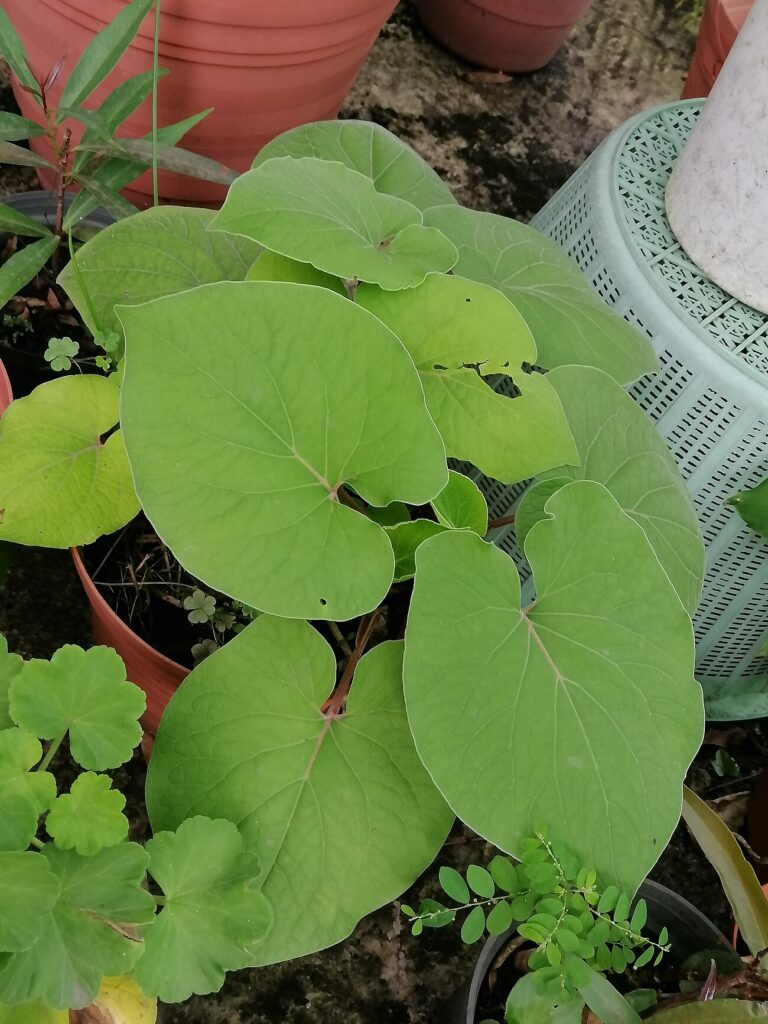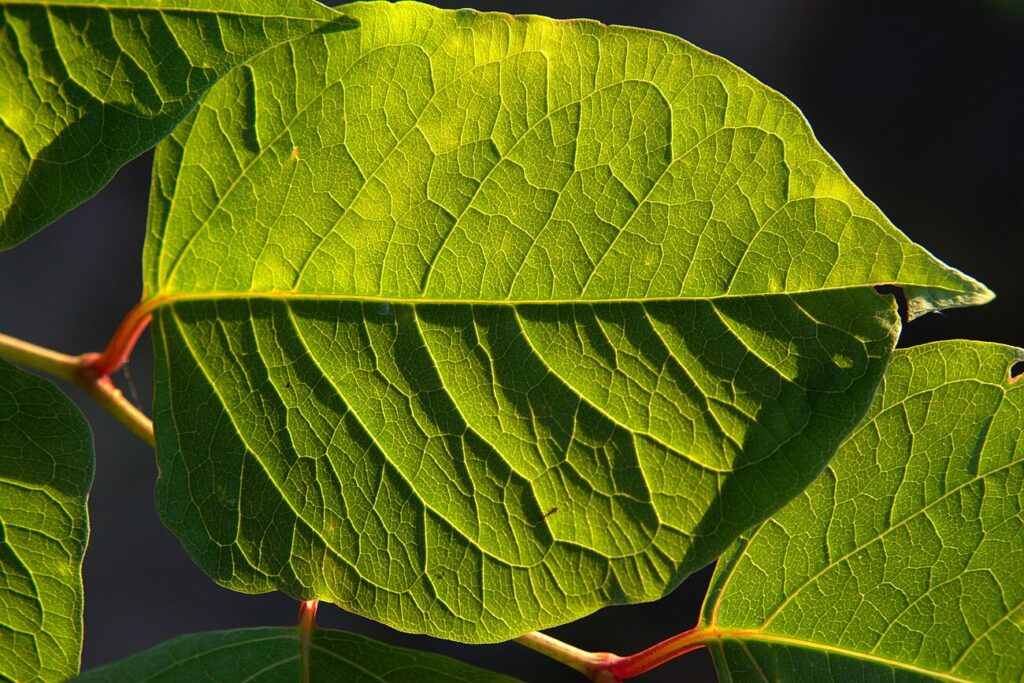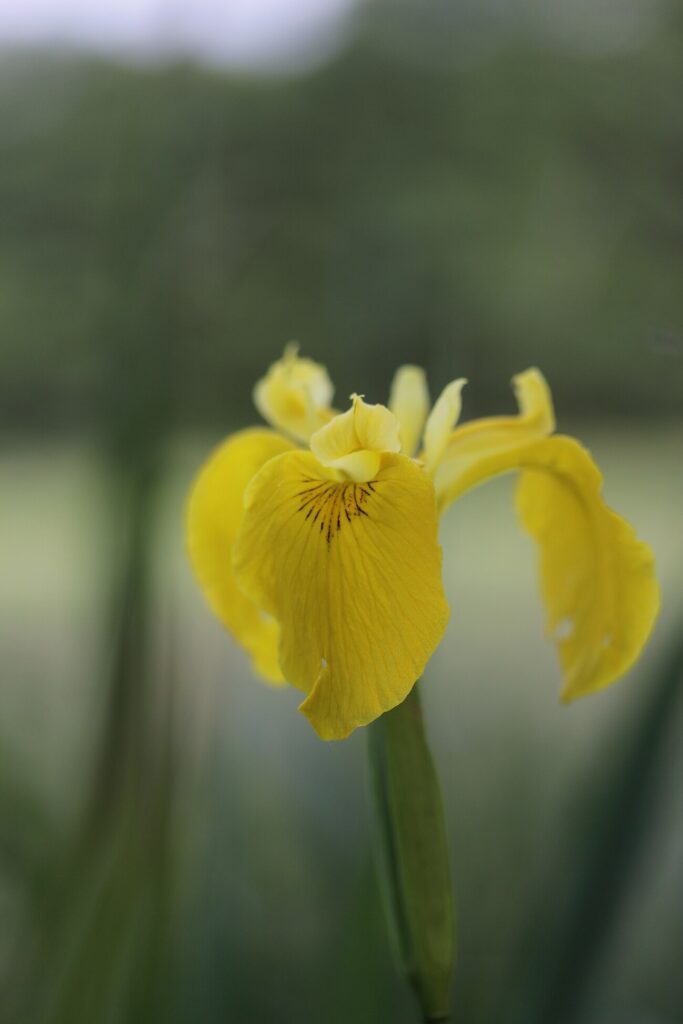Exploring Winecolor Iris, Iris
Scientifically recognized as Iris spp. and classified under Family Iridaceae, Subfamily Iridoideae, stands out as a distinctive Perennial herbaceous plant known for its unique characteristics. While it may also be found under other Synonyms, None widely recognized.withVarious cultivars including Iris germanica (bearded iris) form. You can use our free plant care app PlantPlants to identify Winecolor Iris, Iris.
Temperature
Tolerates down to -10 F (-23 C) to about 95 F (35 C)
Watering
Moderate watering; do not let roots sit in water
Fertilizing
Balanced fertilizer (N-P-K 10-10-10)
Sunlight
Full sun to partial shade
Toxicity
Some species can be toxic; avoid ingestion



Appearance and Growth Of Winecolor Iris, Iris
At maturity, this species reaches approximately 1-3 feet tall, presenting Strap-like, linear leaves in fan-shaped clumps along with Showy flowers with six petal-like tepals; typically deep wine color; bloom in spring., followed by Capsule fruits containing small seeds. These features are supported by a reliable Fibrous roots, can form rhizomes, ensuring stability and sustained growth.
Winecolor Iris, Iris Origin and Habitat
Native to Native to temperate regions, particularly Europe and North America, Winecolor Iris, Iris thrives in Prefers well-drained soils, often found in meadows and along roadways at elevations around Sea level to about 2000 meters. Best suited for USDA Hardiness Zone Zones 3-9. Whether grown indoor, in a curated garden or a more natural setting, its ecological requirements help maintain its vigor over time.



How to take Care of Winecolor Iris, Iris
Light, Soil and Watering Winecolor Iris, Iris.
You can use our free plant identify app PlantPlants to chose the best spot for Winecolor Iris, Iris, This plant prefers Full sun to partial shade and flourishes in Well-drained, loamy or sandy soils with a soil pH of about 6.0 7.5.
Winecolor Iris, Iris needs watering,Moderate watering; do not let roots sit in water, guided by PlantPlants app, You can get plants daily watering schedule. to maintain Prefers moderate moisture; drought-tolerant once established, ensure steady hydration. Applying water through Water at the base of the plant to avoid leaf rot supports even distribution and helps prevent overwatering or dryness.
Temperature and Humidity
Winecolor Iris, Iris performs best within 40 F to 85 F (4 C to 30 C). Its ideal growth occurs at around 65 F to 75 F (18 C to 24 C), though it tolerates ranges from Tolerates down to -10 F (-23 C) to about 95 F (35 C). Additionally, maintaining Average to low humidity encourages healthy foliage and overall plant vigor.
Fertilization & Soil Health
Feeding with Balanced fertilizer (N-P-K 10-10-10) at the recommended Seasonal Application Frequency on PlantPlants App keeps nutrients balanced. Incorporating Compost or well-rotted manure enhances soil structure and fertility, while staying alert to Yellowing leaves, poor flowering helps you adjust care as needed to maintain optimal plant health.
Routine and Maintenance
Regular attention ensures this plant’s beauty and longevity. After flowering, in late spring/early summer for Remove spent flowers and any dead or damaged leaves tidies its appearance, while Every 2-3 years may be necessary as it grows, requiring a Increase pot size by 1-2 inches when repotting increase and a fresh Sandy loam with organic matter. for Staking or Support. Generally not required unless in very windy conditions.
Seasonal Changes and Propagation of Winecolor Iris, Iris
During Dormant in winter, growth may slow and some Leaf dies back in fall; new growth returns in spring can occur. For those looking to propagate, consider Division of rhizomes; seed sowing and provide Requires stratification; germinate in warm, moist conditions when starting from seed. If using cuttings, follow Divide rhizomes in early spring or late summer to ensure successful rooting and healthy new plants.
Pests, Diseases and Prevention
our free plant identify and care app PlantPlants can help you diagnosisWinecolor Iris, Iris problems.Though generally robust, keep watch for Spider mites, aphids and remain vigilant against Fungal rot, iris borer. Implementing Proper spacing, airflow; avoid overhead watering and applying Neem oil for pests; remove affected plant parts for disease when issues arise will help sustain the plant thriving.
Companions and Uses of Winecolor Iris, Iris
This plant pairs nicely with Daylilies, peonies, ornamental grasses and shows None significant, making it a flexible choice for various Garden borders, mass plantings, perennial gardens.
Edible and Cultural Aspects
the Edible Parts: Roots (not commonly consumed). Toxicty of Winecolor Iris, Iris, Some species can be toxic; avoid ingestion. learning about its Not typically harvested for food, Minimal; primarily ornamental, and N/A can be intriguing for culinary explorers. Some traditions highlight its Historically used for various ailments; caution advised or note its Symbol of royalty and eloquence; often used in art.
Conservation and Status
With an Not evaluated for all species; may vary, proper Habitat preservation, responsible gardening practices
Frequently Asked Questions
1. How often should I water Winecolor Iris?
Water every 7 days in summer, less frequently in winter.
2. What type of soil is best for Winecolor Iris?
Well-drained sandy or loamy soil with a neutral pH.
3. When do Winecolor Iris typically bloom?
They usually bloom in spring.
4. Can I divide my Iris plants?
Yes, dividing rhizomes every 2-3 years is recommended.
5. Are Winecolor Iris deer-resistant?
Generally, yes, but they may still be browsed if food is scarce.
6. Is Winecolor Iris safe for pets?
No, some varieties may be toxic to pets and humans.
7. Do Winecolor Iris require a lot of fertilizer?
A balanced fertilizer every 4-6 weeks during the growing season is sufficient.
8. How can I prevent diseases in my Iris?
Ensure good air circulation and avoid overhead watering.
9. What is the best companion plant for Winecolor Iris?
Daylilies and ornamental grasses work well.
10. What should I do if my Iris plants develop yellow leaves?
Yellowing may indicate nutrient deficiency; check fertilizer levels.


